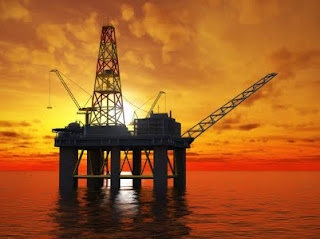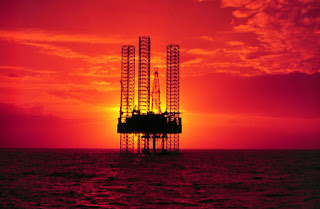RISK ASSESSMENT FOR PRODUCTION AND OPERATIONIN OIL AND GAS INDUSTRIES
RISK ASSESSMENT FOR PRODUCTION AND
OPERATIONIN OIL AND GAS INDUSTRIES
July 3rd - 5th
2013 – Phoenix Hotel Yogyakarta
Training Course Description
Risk assessment and management ion in oil and gas industries is continuously
one of the most critical aspects in production and operation safety,
reliability and integrity because we are dealing with flammable, explosive and,
some time, toxic material. The risk implementation is put in place to insure business
continuity, public and environmental safety for oil and gas operation. The whole
purpose of the risk implementation is to manage the risk to the acceptable
levels. Therefore, as a backbone of any asset
integrity program, the risk assessment methodology is of critically important
and will be discussed in more specific details including facility damage
mechanism, facility failure modes analysis, and formulation of facility probability
of failure and consequence of failures followed by the risk categorization.
The training will cover detail risk based inspection implementation, safety
maintenance and repair plan. To enhance the coverage, cased study analysis and
problem solving will be given so that the trainee will have some hands-on
experience. In this training course, ASME 31.8S, API 1160, RBI 581 (2000 &
2008), ISO 14224, Process Safety Analysis and other related methods and
procedures, will be addressed and discussed.
Training Benefit
The risk training program is designed to benefit engineers, inspectors,
supervisors and manager, public safety, and all stake holders involving oil and
gas operation such as pipelines, mechanical and pressurized system (pressure
vessels, piping, heat exchanger, etc), structural and rotating equipments from
risk engineering point of views. It re-emphasizes
the significant of risk, safety and reliability of all assetsfrom design and
construction to operation phases.
Who Should Attend
Inspectors, Engineers and Managers.
MaterialSyllabus Outlines
·
Principles of Risk Engineering
Applicable to Oil and Gas Industries
·
Hazard Identification (HAZID) and
Hazard Operability (HAZOP) Analysis
·
Individual and Societal Fatality
Concept
·
Risk Matrix Development and Risk
Acceptance Criterion Determination
·
Pipeline Qualitative and Quantitative
Risk Assessment
·
Fault Tree Analysis (FTA) and Event
Tree Analysis (ETA)
·
Risk Based Inspection (RBI) for
Mechanical and Pressurized System
·
Failure Mode Effect and Criticality
(FMECA) Analysis for Reliability Centered Maintenance (RCM) of Rotating
Equipments.
·
Safety Integrity Function and Level (SIF/SIL)
for Control Instruments
·
Fire and Explosion Analysis for Gas
Pipeline
·
Pool-fire Calculation for Oil Pipeline
·
Reliability, Availability and
Maintainability (RAM) Analysis.
·
Toxic Gas Dispersion Analysis
Offshore Platform
Risk and Integrity Assessment





Comments
Post a Comment